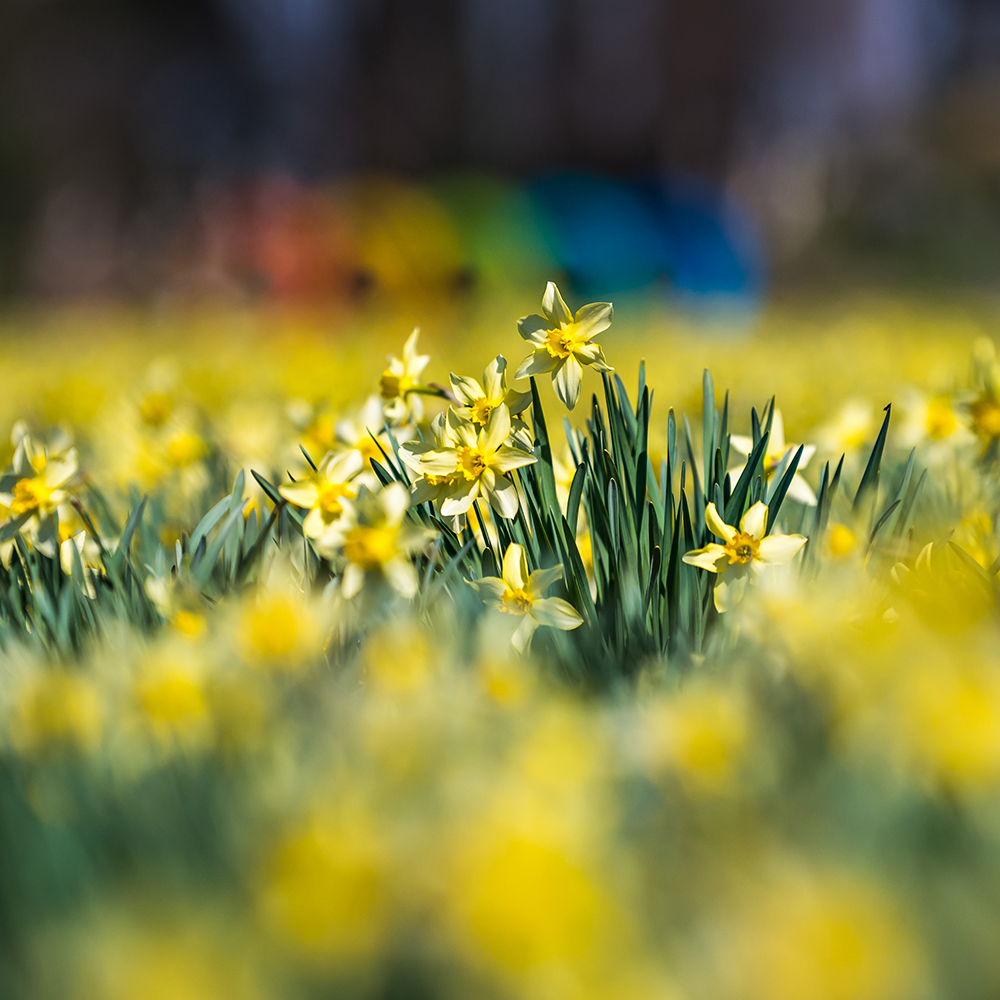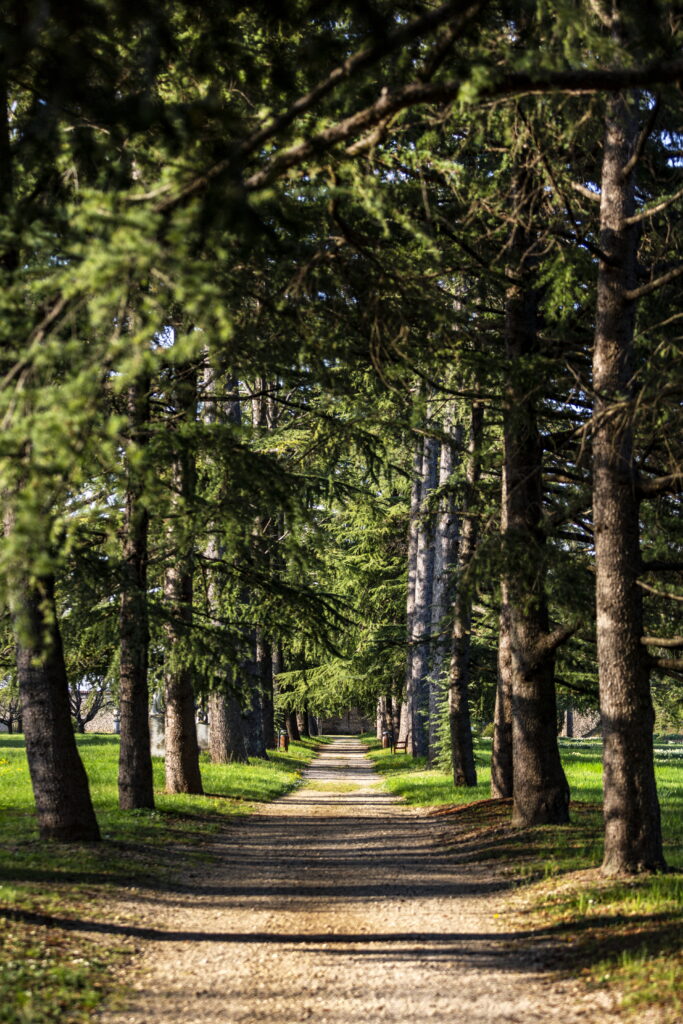Botanical information
More than 1600 trees and shrubs
Human intervention in the Villa Manin park has always aimed at modifying, reconstructing and shaping the landscape. Over the centuries, illustrious projects have been followed, different styles have been applied, and temporary fashions have been superimposed in this space in an apparent temporary artificial order or disorder.
In the almost eighteen hectares of the park, more than 1600 trees and shrubs belonging to about one hundred different botanical species have been counted and geolocated; some specimens of considerable size and age, heirs to previous arrangements, are silent witnesses to the passage of time; this and other considerations make this enclosed space a “unicum” hidden in the middle of the mid-Friuli plain.
Today, in the light of renewed public awareness and attention to the environment, the public park of the Villa Manin allows visitors to satisfy their botanical and environmental curiosity or simply to move around in a large area equipped with information signs and to take a break on one of the 30 benches distributed in the most evocative places. Visitors can also accompany younger visitors to a quiet area equipped with games for children under the age of twelve.

The protection of the park
The increased attention to the environment has led the Administration in recent years to implement maintenance and care activities that take into account the environmental impact of the interventions.
For example, closed-loop management of the biomass produced in the park is being practised, with the shredding and redistribution on site of branches and foliage resulting from periodic selective pruning.
Haymaking has been practised for years in the large central meadow (which stretches from south to north along almost the entire length of the park, covering an area of almost three hectares). This technique, now abandoned in the Friulian countryside, safeguards the reproduction of the autochthonous herbaceous essences.
Following the seasonal vegetative cycle of perennial grasses, the first annual mowing is carried out between the months of June and July. Once the grasses have reached optimum growth and maturity, they are mown followed by drying on site and the hay produced is removed.
This technique allows the mature seeds to be sprinkled, thus promoting the regeneration and maintenance of the grasses, and has the ‘side effect’ of maintaining and encouraging the proliferation of narcissus plants (bulbs) (a plant of the Amaryllidaceae family). In July the narcissus bulb has completed its annual growth cycle and is already at rest, ready to flower again the following spring.
